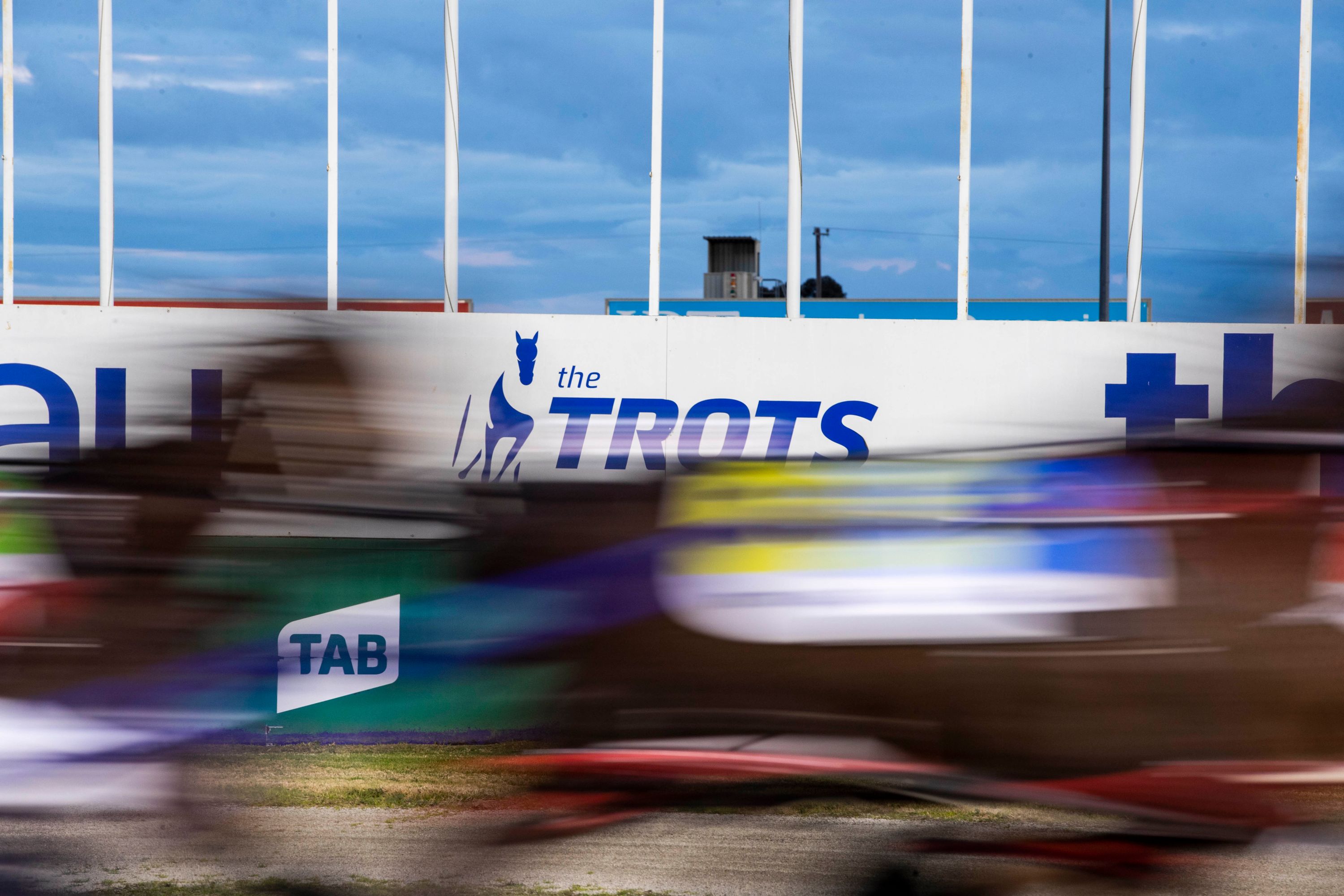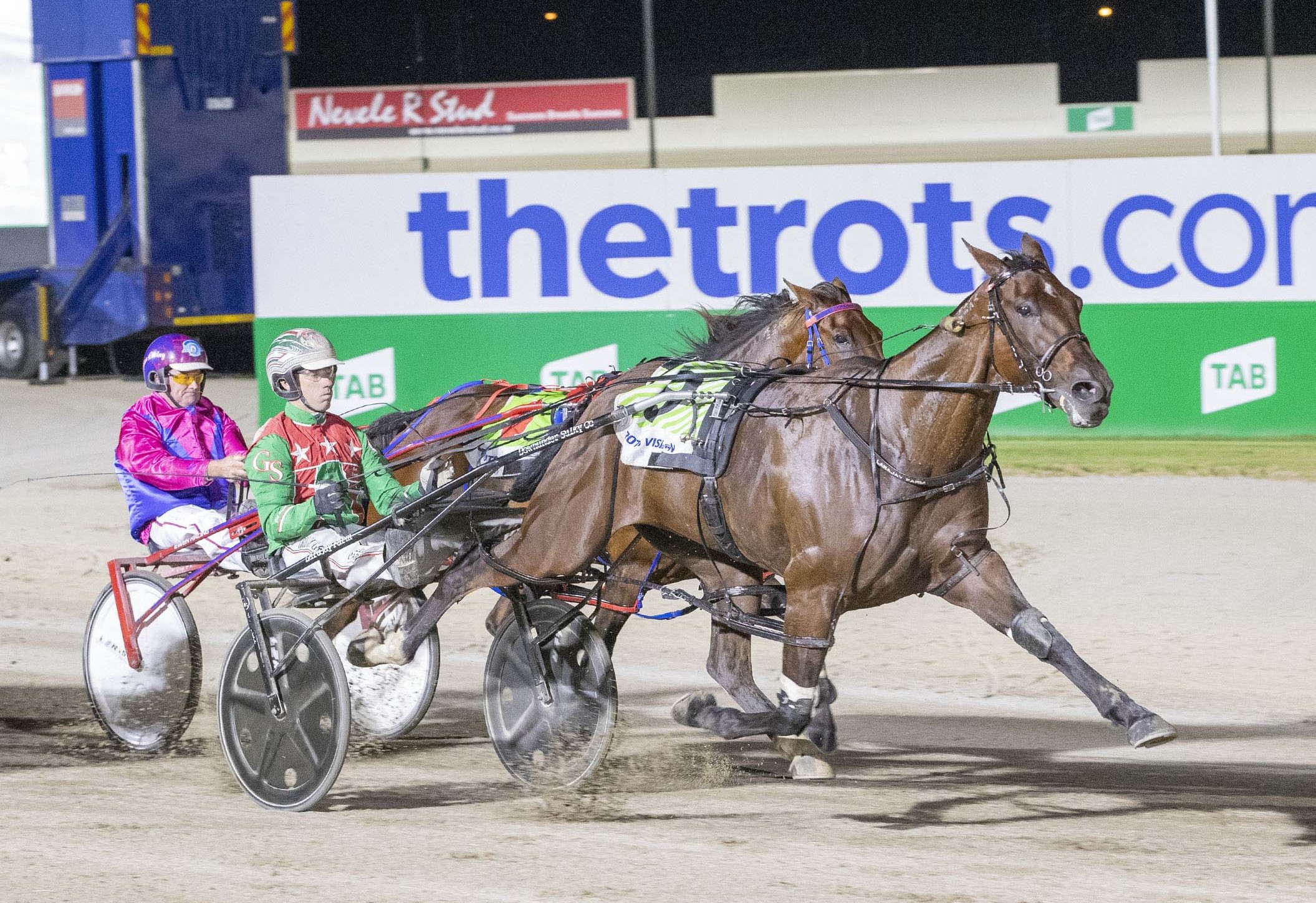 Innovation is a buzzword.
Innovation is a buzzword.
But, in the case of harness racing, it should be the word at the front of everyone’s mind.
Like it or not, in many ways we are withering on the vine as a sport.
Were it not for the huge spike the pandemic gave racing turnover in general, we would be in a considerably worse state.
Now reality is starting to hit home. The Covid-spike is gone, people have more to spend their money on and less money full stop given soaring interest rates and escalating living costs.
Whether harness racing participants and/or diehards like it, we must try different things to try and attract new punters.
Sounds obvious, but it’s a lot harder than that.
One of the biggest handbrakes is the broad reluctance to change from the industry participants. The continual references to what worked in the “good old days” and why don’t we look back to move forward.
Life, especially sport, doesn’t work that way.
Everything is faster, slicker and more convenient these days. We’re in a “bite-size” era.
Yet harness racing remains by far the most arduous of the three racing codes.
The average race – from score-up to finish – takes three or four minutes. Sometimes longer!
When I was working at Sky Racing, harness people continually bemoaned the poor treatment Sky gave them.
 While that’s true in many ways (especially last year’s Victorian Inter Dominion), the most alarming statistic a couple of years back was that harness racing accounted for more than 30 percent of racing “air time” on Sky Racing 1, while delivering little more than 10 percent of the overall racing turnover.
While that’s true in many ways (especially last year’s Victorian Inter Dominion), the most alarming statistic a couple of years back was that harness racing accounted for more than 30 percent of racing “air time” on Sky Racing 1, while delivering little more than 10 percent of the overall racing turnover.
Pause and get your head around that … It's scary.
One thing we can do to slightly change that dynamic is to embrace more sprint-type racing. By that I mean the likes of the 1200m Mercury80 and last Saturday week’s Stampede. You can also throw in the very successful Trot Rods series run at Redcliffe each year.
I can hear the screams from the diehards now … “you’re kidding, those races are a joke.”
But this is not about what we want or like as an industry, it’s about what the modern punters want and what we need to try to arrest the decline.
Look at the demise of South Australian harness racing and now the parlous state the once mighty New Zealand harness industry finds itself in.
That’s just the start of things unless we find a way to become relevant in today’s sporting landscape.
Great horses won’t cut the mustard. They help, but evolving our product is vital.
I’m not suggesting we move to all 1200m racing, but I do think it needs to become a regular fixture and for that to happen we need lots of people to rip their traditional blinkers off.
The recent Mercury80 series and the Stampede showed the 1200m races can be exciting. I would argue more so than many ho-hum 1720m or 2240m races at Melton where they dash for the front, walk and sprint home.
When Catch A Wave tackled a heat of the Mercury80 a few weeks back I watched with a mate who doesn’t follow harness racing. “Don’t look away,” I said. “It’s only a one lap race.”
He joked: “Wow, really? Normally I can watch the start, go buy a beer and still be back to watch the home straight.”
Lovers of the sport will find that somewhat offensive, but that is the perception many people have of harness racing.
And perception is reality whether we like it or not.
The opinions expressed in The Forum are those of the author and may not be attributed to or represent policies of Harness Racing Victoria, which is the state authority and owner of thetrots.com.au.